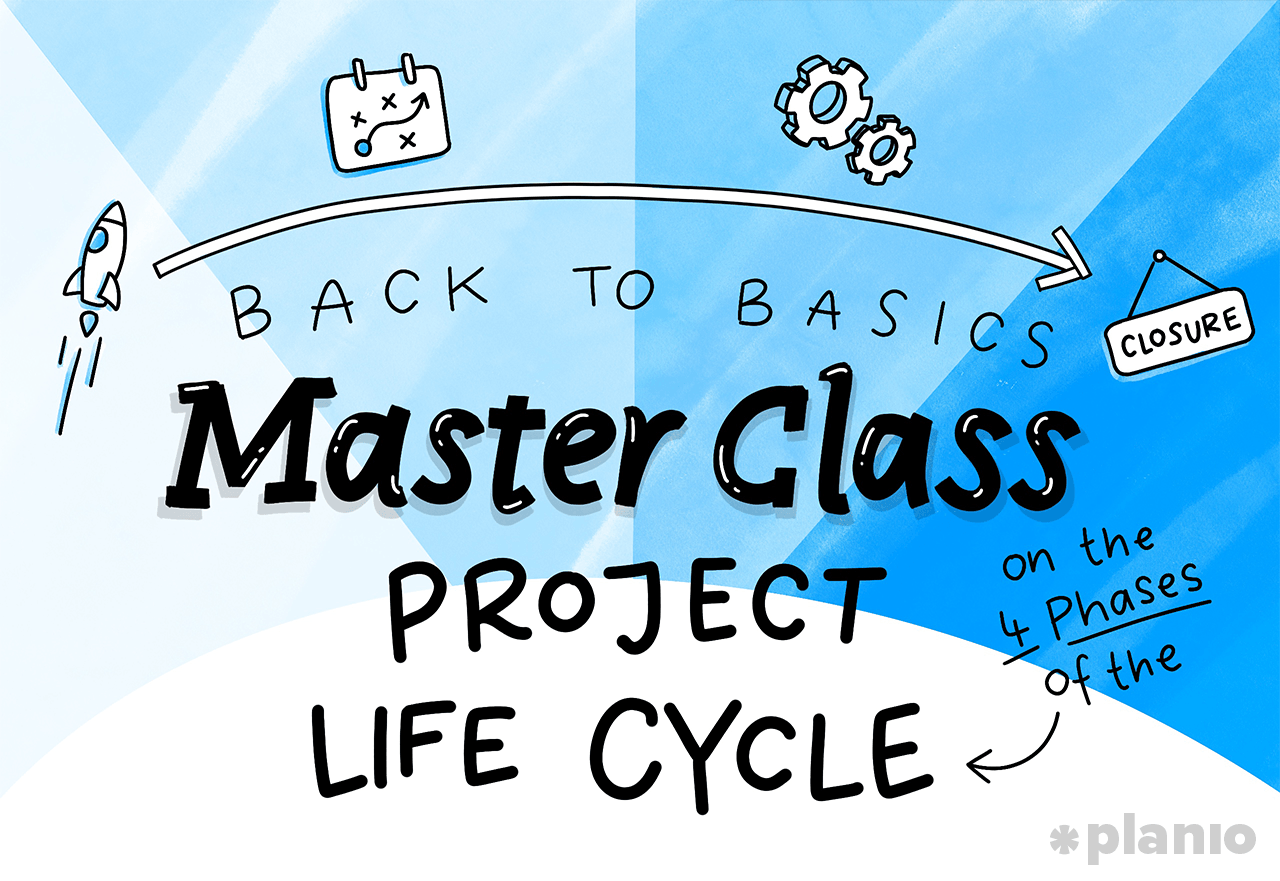Crossing the client–developer divide: 5 best practices for building a better client relationship
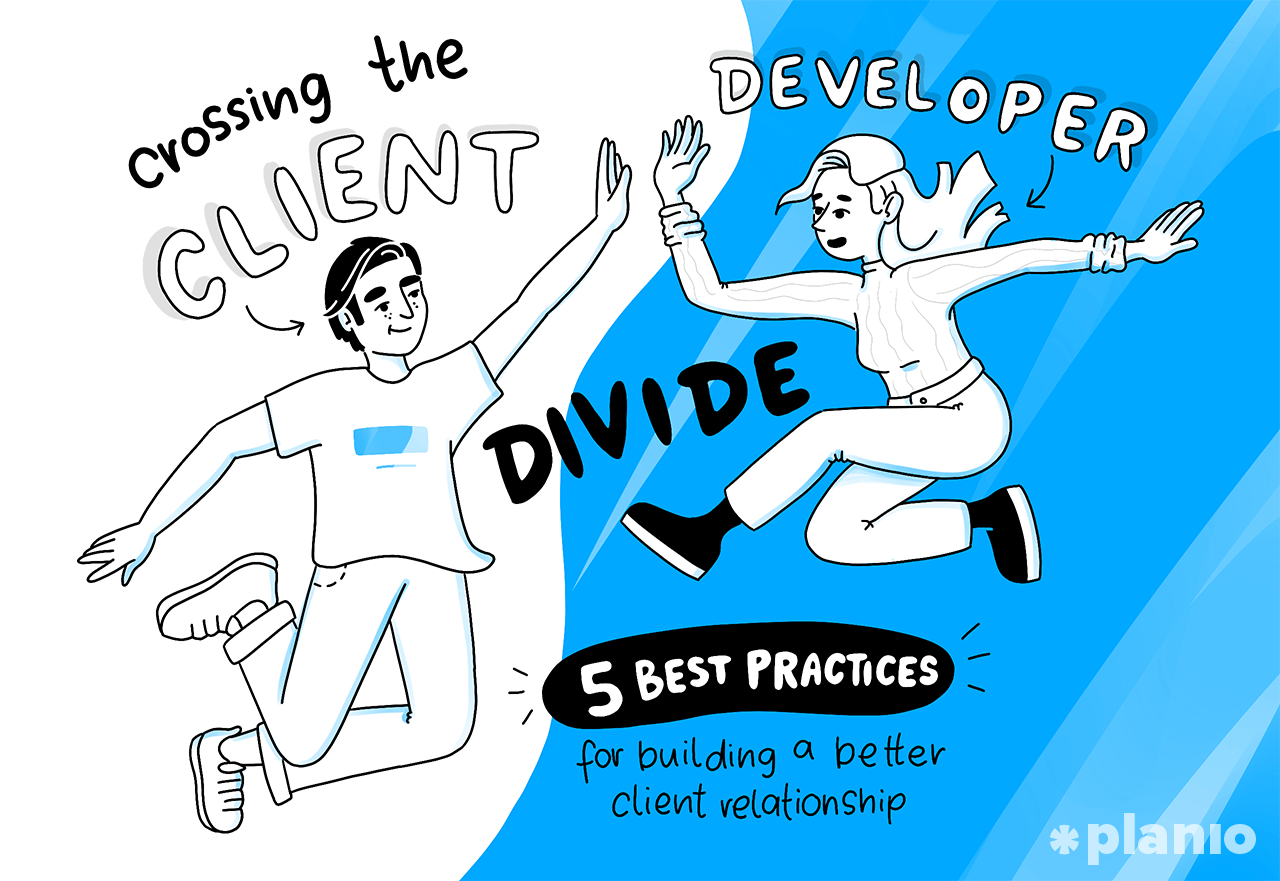
There's an old saying that goes: “You don't want to know how the sausage gets made.” For many agencies, a good client relationship depends on this kind of subtle subterfuge. You want your client to love the final product, so it’s natural not to show them the blood, guts, and mess that went into making it.
But here’s the thing we tend to forget:
If a client trusts you to take their vision and turn it into a reality, you can be damn well sure they want to see how you’re getting there.
Jump to a section:
This isn’t just about accountability. Client/developer transparency breeds the kind of trust that turns one-off projects into long-term relationships. But in order to get those benefits, you need to have the right tools, workflows, and processes in place.
In this guide, we’re going to show you the true benefits of building a great client relationship and how to do it by using the right tools, communication techniques, and templates.
Why transparency and trust are the secrets to better client relationships
It’s never easy to go ‘open kimono’ with your clients.
The handoff from sales to development is fraught with opportunities to drop the ball, miss the mark, and fail to hit expectations. The last thing you want to do is give your clients ample opportunity to see you at your worst while you figure things out.
But every great relationship–from your partner to your clients–is founded on trust. As Stephen M. R. Covey, author of The Speed of Trust writes:
“Trust is not a soft, social virtue - it’s truly a hard, economic driver for every organization.”
When clients trust you, they’re more likely to stick around, and when clients stick around they spend more. According to the ominously named Bain & Company, as little as a 5% increase in customer retention can produce more than a 25% increase in profits.
A transparent process can have other benefits too, and can even be the foundation of an entirely new business.
Planio was initially created as an internal project management tool that would allow clients full transparency into how their product was being built. However, as Planio CEO Jan Schulz-Hofen explains, that added transparency turned into a new business model:
”In many cases, the clients came to us at the end of a project and wanted to ‘keep’ the project management tool. They had learned how to use it from us and wanted to apply it internally as well.”
Unfortunately, despite the upsides, this kind of experience is getting rarer. In fact, studies show that 55% of consumers don’t trust the companies they buy from as much as they used to.
But if building a culture of transparency and trust has such massive benefits, why don’t more companies and agencies make it a priority?
Crossing the client/developer divide: How to build transparency with better customer communication and the right tools
While it can be uncomfortable at first, greater transparency leads to stronger client relationships, increased retention, and even higher profits! And with the right processes and tools, it doesn’t have to be a complicated process either. With the right tools and being purposeful with your communication, trust will naturally grow.
Here are five ways the best agencies, freelancers, and companies build better client relationships.
1. Follow the KYC principle
There’s a standard in the investment industry called KYC: Know Your Customer.
KYC means that investors are responsible for knowing their client’s risk tolerance, knowledge, and financial position so they can make the best choices possible for them.
When you’re running an agency, these qualities are equally as important to understand.
Who are you really working with? How much do they know about the industry and market? Are they looking for you to be a development partner or to help guide their business forward?
Even if you’ve been given a brief on what to expect, do your own research on the company, team, past projects, and expectations. Then, work with your customer doing what’s called collaborative discovery.
Collaborative discovery is a process where you connect with key project stakeholders, developers, and company leaders to uncover all the nuances about their brand and critical elements that will make this project a success.
As Haraldur Thorleifsson, founder and design director of Ueno, explains:
“We want our clients to see us as an extension of their team, not as an outside partner.”
It’s common for clients to be protective of their data if they see you as an outsider. However, if they view you as part of their team and can see that you have their best interests as a priority, they’re more likely to share the information you need to do the best job possible.
Aligning expectations is essential to creating a strong foundation that any successful project needs. Kick-off meetings are a great way to do this, allowing you to get on the same page regarding the scope of the project, the budget, timeline, and other key details.
2. Get set-up on the same tools
Few agencies think about the tools they use as a way to build a better client relationship.
However, something as simple as using the same chat or project management tool can make it that much easier to communicate and collaborate.
Here’s an example: Let’s say you’re working through your latest sprint and have a demo planned for tomorrow afternoon with your client. But suddenly, you hit a snag. The API connection they gave you isn’t working as expected.
If you’re using the same chat tool, the solution could be as simple as jumping into the developer channel and asking a question or DMing your contact. Or, if you’re using a shared project management tool like Planio, you can just look up this information in their Wiki.
To make the client relationship as seamless as possible, choose collaboration tools that work well together and don’t add confusion to the mix. Here are a few suggestions:
- Project management: Your project management tool is the HQ for your client relationship. It should be where they go to check in on progress, share files, and give feedback. Planio was built for this exact purpose with tons of features from task management to cloud storage, powerful roles and permissions, and easy collaboration with team chat, wiki, and knowledge management. Plus, you can try it for free for 30 days to see if it works for you and your agency!
- Shared docs and wikis: Whether you’re using it to store briefs, collect technical documentation or document project files like your SOW or PRD, a shared wiki is a powerful tool for any client relationship. Again, Planio offers a great solution that can be customized for your project’s needs!
- Team chat: A ‘quick’ client meeting can take over your entire day. Instead, using a tool like Planio team chat that’s integrated into your project management tool means communication happens where your work does. Plus, you can archive conversations in their relevant projects so all decisions are documented and ready.
- File sharing: There are few things as embarrassing as working off the wrong brief or having your client see the wrong version of your work. A shared cloud storage tool–like the one built into Planio–makes sure everyone’s working on the right files and has access to what they need to get their job done!
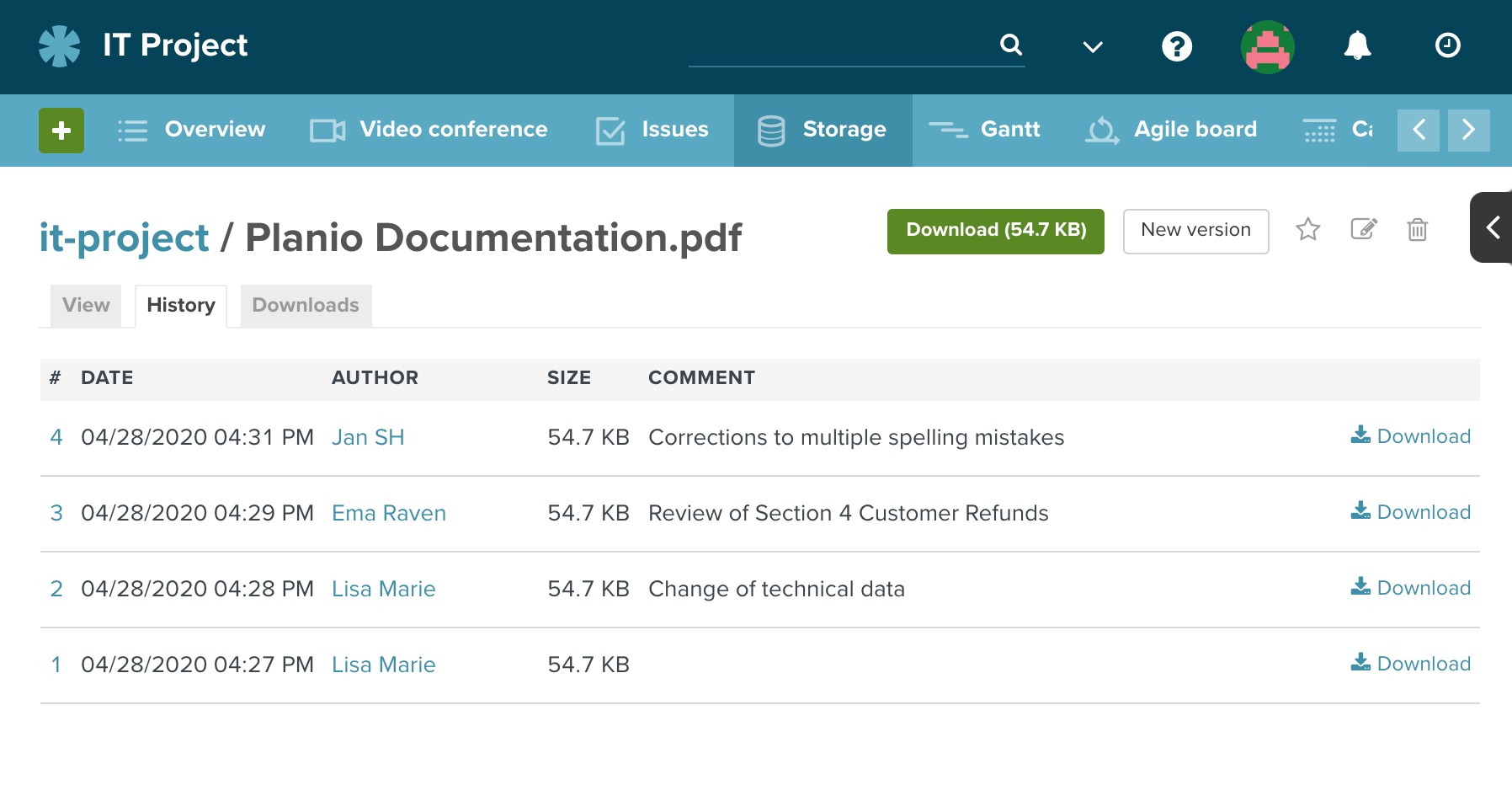
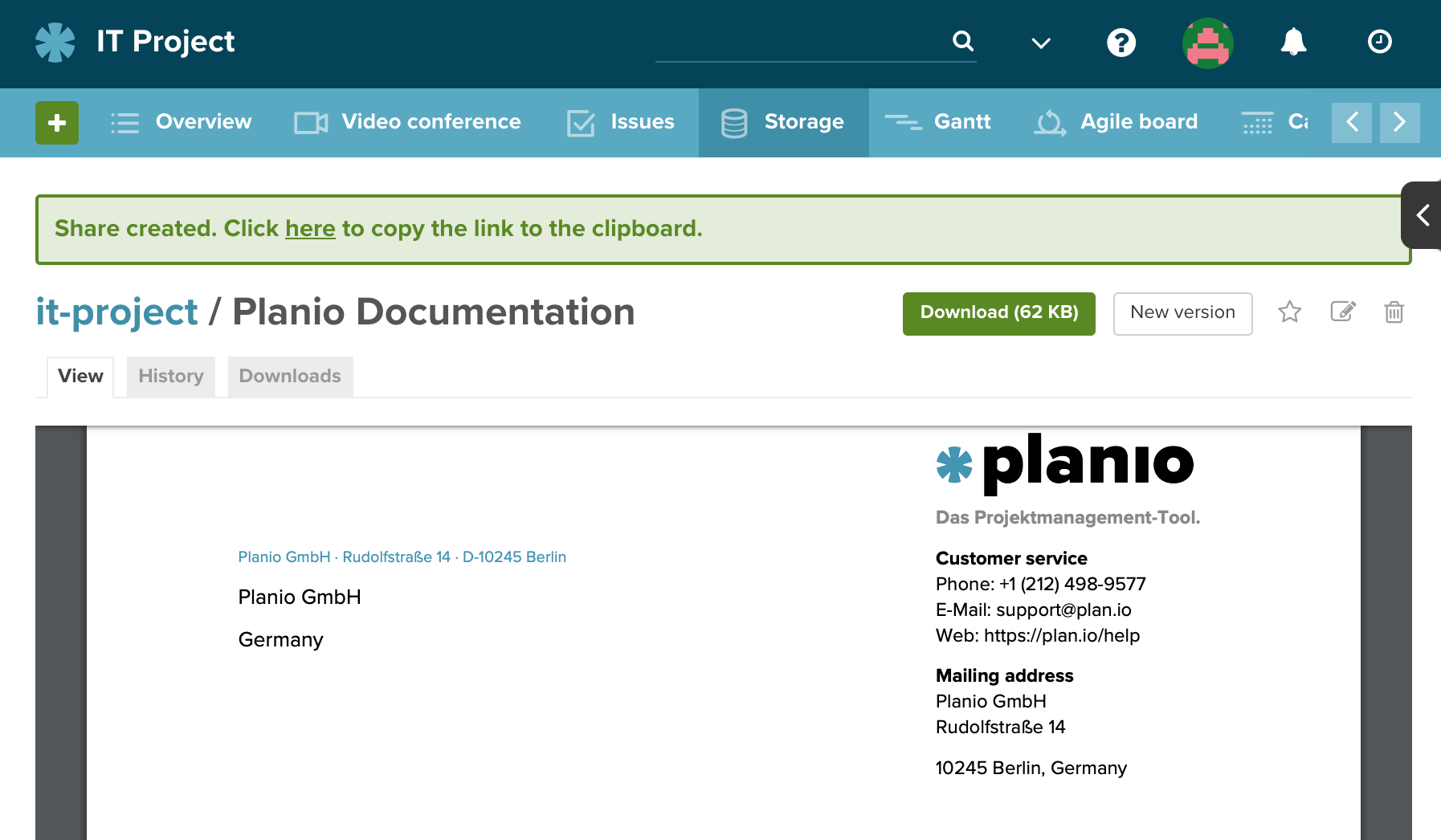
Whenever possible, bring clients into your work environment. Clients may be reluctant to sign up for new tools, so it’s important to spell out the advantages of your chosen platforms and ensure they’re easy for your client to set up and start using.
As a bonus, knowing your clients will be able to see ‘behind the scenes’ helps you stay on track, encouraging you to keep a clean shop and organize your workflows properly.
3. Master the 5 core elements of client communication
No matter what tool you use, building a better client relationship ultimately comes down to communication.

Far more than simply what you say, how you communicate can change the course of a project, for better or worse. When you think about your client relationship, there are five pillars of effective communication to master:
1. Transparency
Without transparent communication, it’s impossible to build trust. Your client needs to hear exactly what’s happening with the project, both good bad. However, this works the other way too. If your client isn’t transparent with you, you could easily miss out on vital details that shape the whole project.
To ensure there’s two-way transparent communication, everyone on the client and developer teams need to know what’s expected of them with clearly outlined responsibilities and accountability from the very outset.
Set timelines and strategies and make sure you both stick to them. A communication plan is an easy way to keep track of your promises and stay accountable to the way your client likes to work.
2. Empathy
Try to understand where your client is coming from and treat them like an individual–not just another job to be done.
They’ve come to you for a reason and, while it’s important to play the role of the expert, you don’t want to shut them down. Maybe they’ve been burned by a similar agency in the past and are skeptical or suspicious. Taking the time to listen to not just their development needs but also their company culture and vision shows that you’re the right choice.
This means learning to speak their language.
How do they communicate? What sort of language and mediums do they prefer? How often do they want to hear from you?
A big part of developing empathy is hearing what your clients think. Ask for more feedback, especially if it’s negative feedback. While we naturally want to hear our clients say good things about the process, negative feedback is especially effective at improving performance.
As entrepreneur Jaimee Newberry writes:
“Breakdown occurs when clarity of vision is lost. Nine out of 10 times, any frustrations on either side occur because we aren’t communicating with our clients enough.”
To start, look at how your client communicates. What communication style do they connect with and prefer to use?
Typically, most people use one of four different communication styles:
- Analytical: Prefer hard facts and numbers
- Intuitive: Love broad overviews and seeing the big picture
- Functional: Most comfortable when diving into the details
- Personal: Focus on emotions and creations
Once you know the different styles and how to recognize them, use that knowledge to communicate with your clients in a way that suits them best.
This involves not just sharing information, but requesting it as well. Keep track of any assumptions and product questions you have, then go ahead and ask them. There’s a strange reluctance to communicate with clients, but that’s what they’re paying you to do.
3. Self-awareness
This means distinguishing and recognizing the roles you play in the relationship.
Your client may know far more about their industry than you ever will, but the same is true for you. When someone hires you, it’s usually because you have a level of expertise in a specific area they lack.
And people trust experts.
The author of Influence, Robert Cialdini, identified authority as a key factor we refer to when making decisions. We’re more likely to trust and comply with someone we recognize as an expert in their field. By embracing your role as an expert, you build your client’s trust and reassure them that they’ve made the right choice.
Show your client you’re a trusted expert by:
- Sharing industry knowledge: Rather than simply doing the work, explain why you’re doing it that way. Refer to the latest studies, breakthroughs, and best practices. This doesn’t mean you should baffle them with jargon–and you certainly shouldn’t be trying to make them feel stupid–however, demonstrating that you’re making decisions based on an in-depth knowledge of your field, rather than guesswork, strengthens your credibility.
- Being an ongoing and reliable resource: While your client has hired you to get a job done that doesn’t mean you’re there to take orders. Rather, become an extension of their team. It might seem unnecessary but by being available to answer relevant questions and make helpful recommendations you elevate your position.
- Saying no: Despite the well-known saying, the customer is most definitely not always right. It can be difficult to say no to a client, particularly if you want to keep them happy. However, as an expert, you owe it to them to say no when they ask for something that’s not feasible or in their best interests. For example, if a client asks for the project to be completed by an impossible deadline or for work that’s outside your expertise (aka scope creep), it’s in both parties’ best interest to say no. While it might cause some short-term disappointment, any reasonable client will recognize that it’s better to have a clear no now than a missed deadline or subpar work later.
4. Context
No matter how well you plan ahead, there will always be challenges and issues that crop up. As an expert, part of your role is to help clients understand the bigger picture beyond any minor issues that are out of your control. Provide the context to explain why certain choices were made.
For example, if the software you’ve designed is running slowly on an obscure legacy system, explain that coding a solution that worked on every potential system would be extremely difficult, and would result in much higher costs and longer timelines.
This doesn’t mean always being defensive or trying to deflect negative feedback. Instead, it means being able to pull back and show that your goal is long-term success, not just finishing this project and moving onto something else.
5. Clarity
So much client communication–whether in an email or your project management tool like Planio–relies on written words.
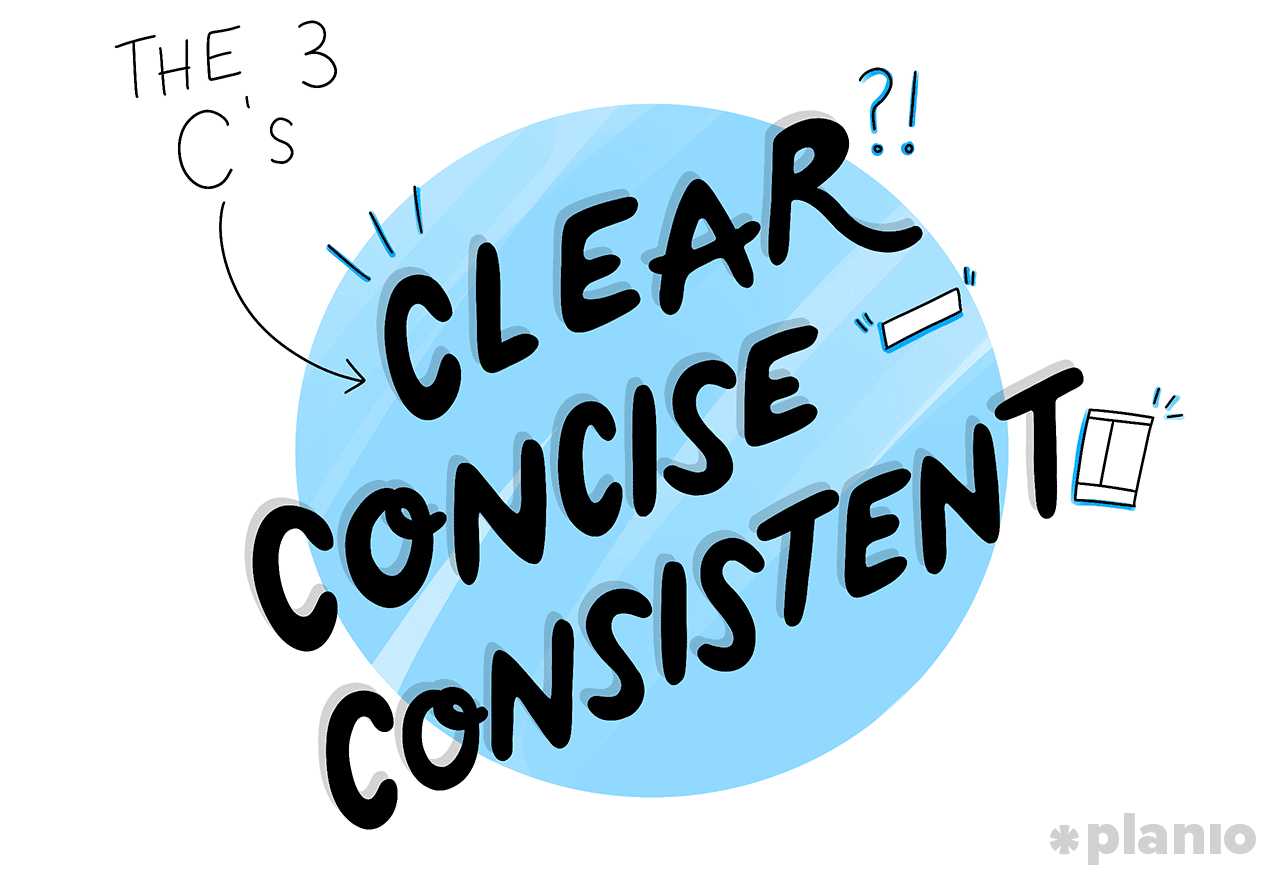
To make sure your choice of words isn’t hurting the relationship with your client, always remember the three Cs of effective communication:
- Be clear
- Be concise
- Be concrete
The French mathematician and philosopher Blaise Pascal once famously wrote that he would have written a shorter letter if only he had enough time. Writing a long rambling email is easy, but choosing your words carefully takes more effort.
By using simple language, getting straight to the point, and avoiding ambiguity, you’ll find your communication is less confusing and easier to comprehend.
4. Go the extra mile
There are plenty of developers who do a perfectly adequate job. They meet the brief, collect their payment, and go on their way.
However, if you want to stand out from the competition, you have to go further than a simple business transaction.
Start by finding ways to make your client’s life easier.
Review all your processes and workflows to remove friction for your clients. For example, rather than making clients print out your proposal, sign it, scan it, then email it back, use a dedicated solution so they can confirm approval digitally.
As well as delivering a top-quality service, you should also educate your client on how to get the best out of your work.
Many SaaS companies have a Customer Success team, dedicated to proactively helping customers and showing them how to use the service to get the best possible results. Could you do something similar with your clients?
As a project progresses, look for additional ways to share your expertise.
While scope creep can derail a project, that doesn’t mean you shouldn’t keep an eye out for other opportunities to be of service. Whether it’s a quick-fix you can include as part of the original project or a whole new job, finding other problems you can solve for your client is a great way to build a long-term relationship.
Where possible, finish ahead of schedule.
The planning fallacy means that we’re more likely to underestimate how long a project will take, which is why so many projects are late. However, when you wrap up your project before the agreed deadline, you show that you are committed to the client and meeting their deadlines.
Finally, don’t be afraid to get excited.
Some feel that showing any emotion regarding your work is unprofessional, but the truth is that the client wants to know that you're emotionally involved. Excitement means you’re invested in the result, that you’re on their side and want to see the project succeed.
5. Treat your clients like people (not paychecks)
Sometimes it’s easy to get caught up in the work, ticking off tasks until you can sign off and move onto the next project. However, you should always remember that your clients are living and breathing human beings, just like you.
Part of treating your clients like people is by showing them respect and owning your mistakes.
Mistakes are an inevitable part of every project. It’s how you deal with them that determines whether or not your relationship goes sour. Address any issues as soon as you see them, and don’t hesitate to apologize if you’re at fault. Rather than focusing on who’s to blame, shift to being actionable.
What are you going to do to make this better?
What are some thoughtful solutions you can follow through on?
Your clients aren’t just the job they do either. They have personal lives and it’s perfectly okay to talk about more than just work. Especially now, with more teams working remotely, people crave the personal connection that’s been lost. Chat about your weekend plans or think about some awesome client gifts you could send them to solidify your relationship.
Of course, there’s a big difference between having a friendly conversation and prying into their private lives, so be sure to strike the right balance. As a general rule, don’t ask about anything that could be potentially embarrassing. If a client hasn’t brought up a subject or doesn’t seem comfortable talking about it, don’t push it.
Putting it all together: A client relationship-building case study from day one
A strong client relationship requires a strong foundation, starting with your first communication and then building with each touchpoint.
The exact timeline for these touchpoints will vary, depending on you, your clients, and the kind of project you’re working on. However, certain key steps should be at the core of every project.
Here’s a sample 30-day timeline for how to build and maintain a great client relationship:
| Day | Activity |
|---|---|
| 0 | Initial research
|
| 1 | Kickoff meeting to cover:
|
| 2 | Collaborative discovery
|
| 3 | Set up your project in Planio |
| 4 | Set up clients on collaborative tools
|
| 5 | Confirm the timeline for the project Send out a project proposal or create a GANTT chart outlining:
|
| 6 | Create a communication plan
|
| 7 | Initial check-in with project stakeholders
|
| 14 | Weekly check-in
|
| 21 | Weekly check-in
|
| 28 | Monthly review
|
| N/A | Milestones - Inform clients when milestones are hit and request feedback |
| N/A | Urgent issues - Immediately inform the person on the client team responsible for overseeing the project. Confirm the nature of the issue, the impact on the overall project, and what actions you’re taking to resolve the issue. |
We also created this as a free downloadable timeline for your case study to use.
While you most likely won’t follow this exact timeline, it gives you an idea of how, how often, and when to communicate, share progress, and build the kind of client relationship that turns into a long-term collaboration.
Communication can be the difference between success and failure
It might be tempting to keep your work processes hidden away from your clients, working behind closed doors then delivering a beautifully designed product at the end. However, clients value transparency.
Involve your clients in the work. Keep them informed. Listen to their feedback. By collaborating and promoting open communication you build trust and loyalty, which only leads to stronger relationships and satisfied customers.


